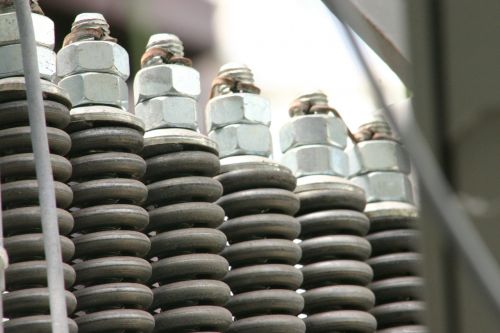Elements and Principles of Design
Balance
Balance is when it feels like both sides of the design are weight equally. Balanced designs feel complete and comfy, but unbalanced designs feel disjointed and unfinished.

Unity/Proximity
The proximity (distance) between design elements can communicate the unity between those elements. For example, two objects being far apart communicates a sense of isolation.

Alignment
Alignment is the arrangement of objects into parallel lines, or relatively correct positions. Aligning design elements effectively can make a stale design exciting, and also just make it more pleasant.

Repetition
Repetition in design is the act of repeating a design element, which can establish a sense of continuity. It can make it easier to expect where things will be, which also gives the viewer trust.

Contrast/Consistency
Contrast is when an object close to another is strikingly different, whether it be in size, luminance, hue, shape, etc. It can make text more readable, and designs more exciting.

White Space
White space is the empty space in a design. Too little white space (crammed text, extremely close images) can create a sense of discomfort, and too much can create a sense of isolation. It's important to use it properly.

Usage

Balance is used well in this painting, with horizontal symmetry down the center, and an equal size of people in the foreground on each side. There is also contrast between the building to the sky, and the people to the ground.